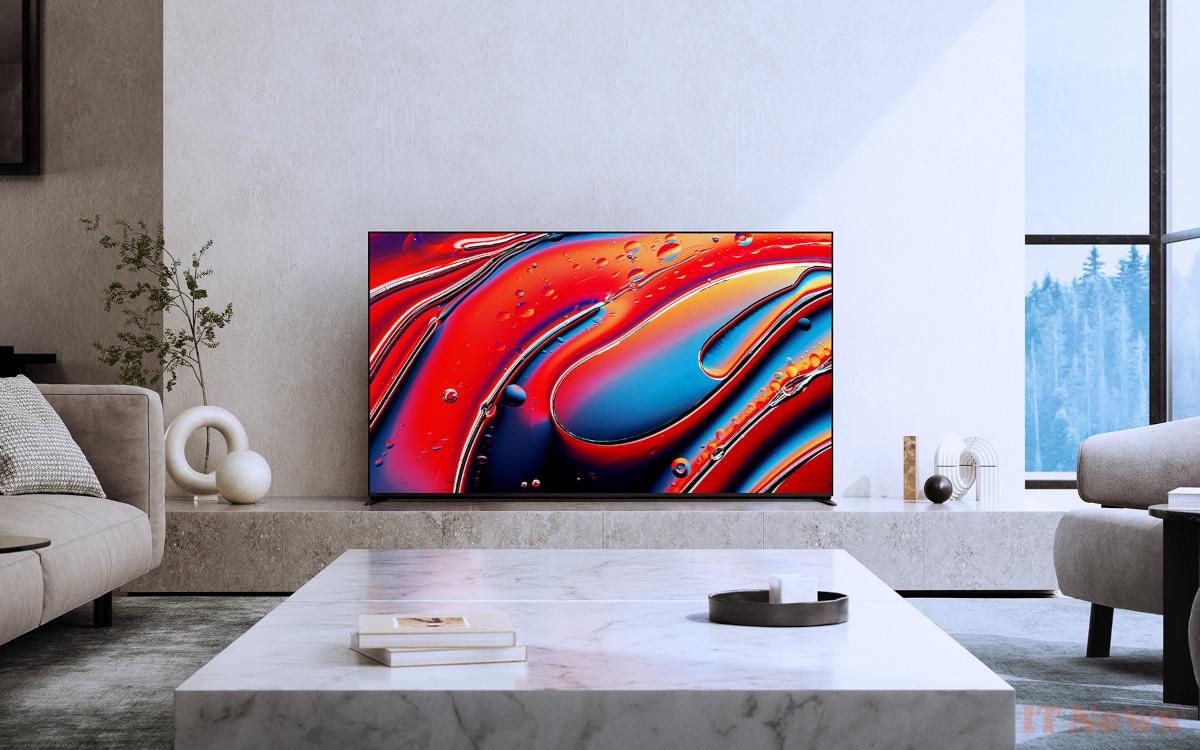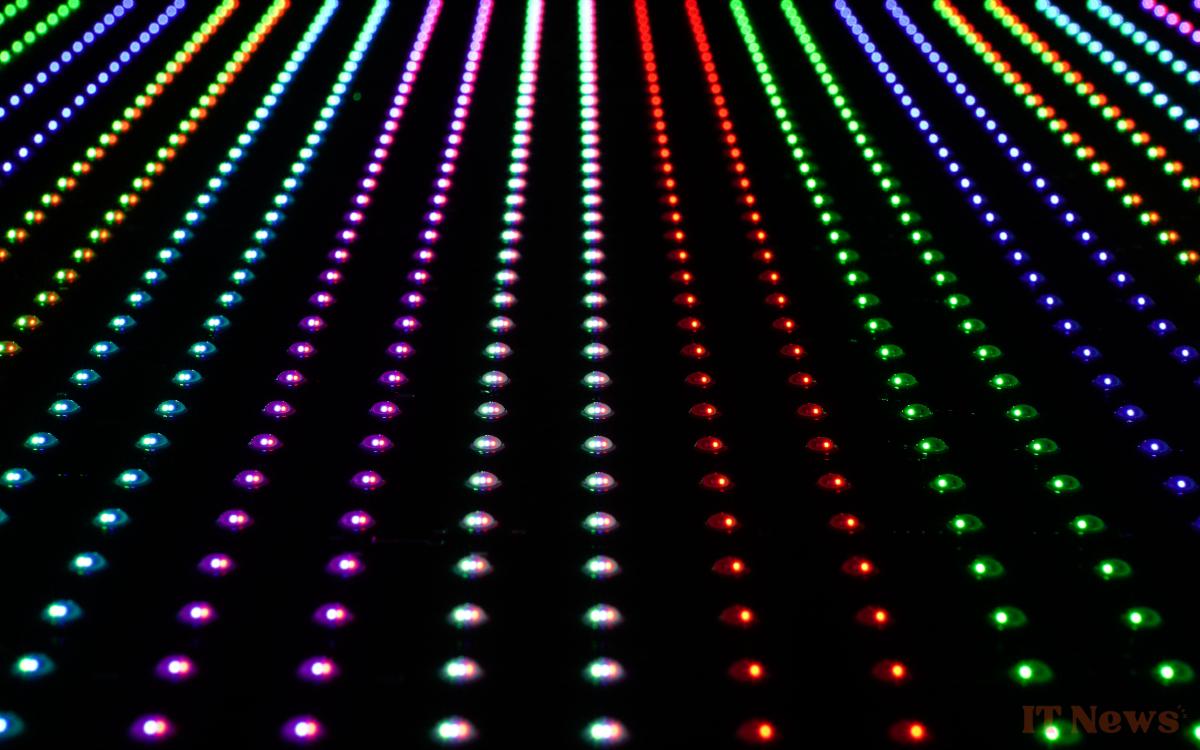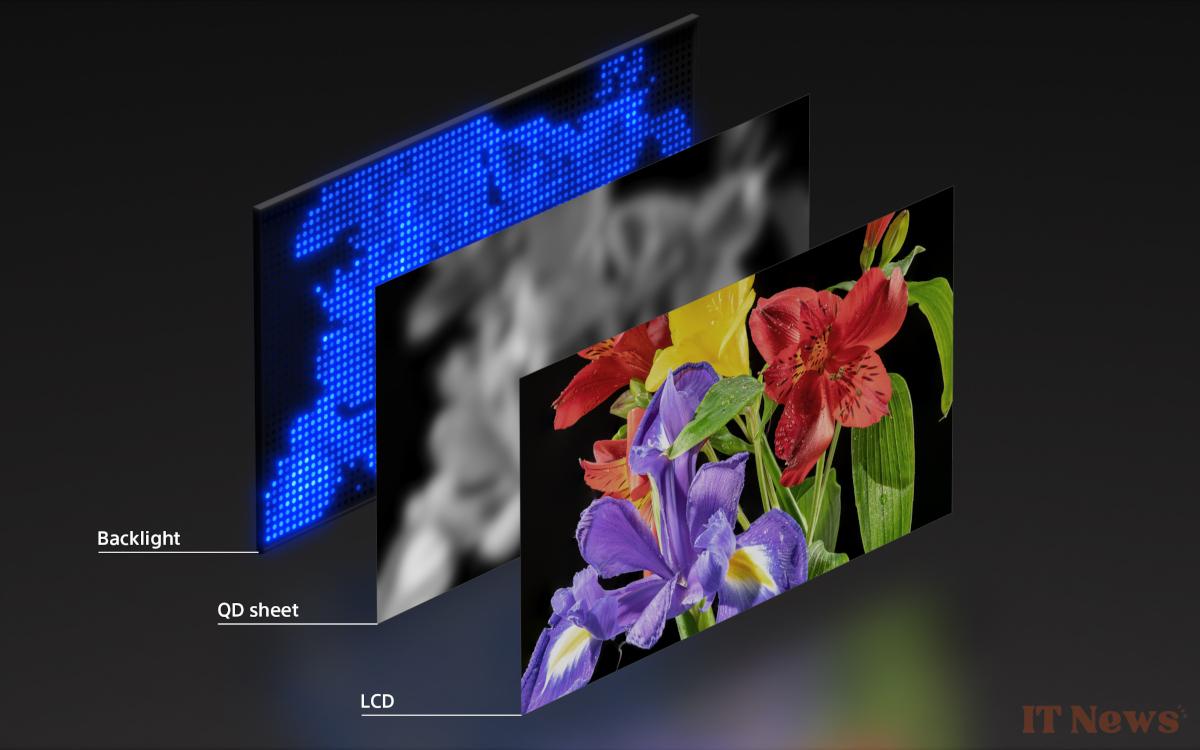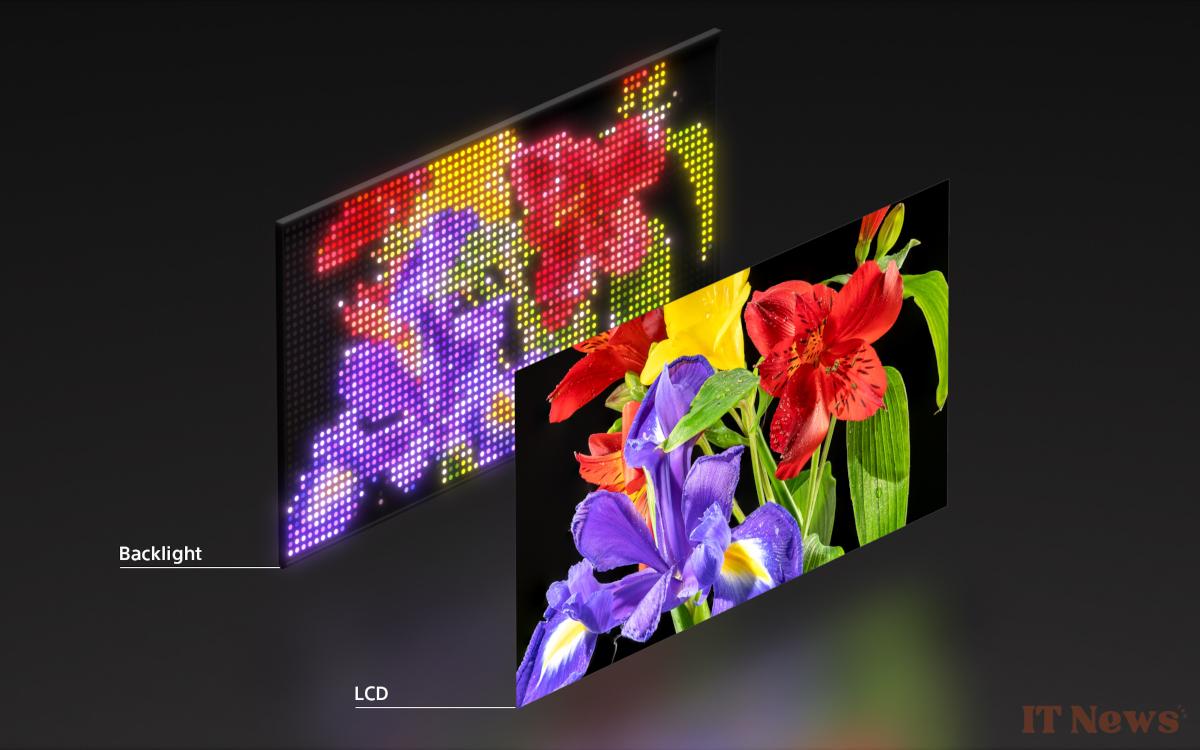Sony has just officially unveiled a new backlighting technology for its upcoming high-end Bravias. It's currently called RGB LED. Its goal: to improve colorimetry, brightness, and viewing angles. The integration of this new technology is not expected in commercial products before 2026. This implies that no Bravia in 2025 will be equipped with it, even the high-end models.
Respecting its usual schedule, Sony should announce in the the next few weeks the renewal of its Bravia range. In 2024, the number of new models has drastically decreased, since Sony has only presented three models: the Bravia 7, Bravia 8 and Bravia 9. You can find in our columns a complete test of the Bravia 7. And in 2025, it is very likely that the Japanese brand will not reveal more.
Read also – Google TV: Gemini AI will equip your connected TV with very useful functions, here they are
This renewal should however, according to the first rumors, combine OLED and LED models, the brand having estimated for several years that they each have complementary strengths and weaknesses. And the changes should mainly concern image quality. But will we really need to be interested in these new 2025 TVs, as interesting as they may be?
Sony will integrate RGB LED Backlight into its Bravias... in 2026!
Indeed, Sony has today officially announced a new backlighting technology. And it is, in our opinion, important enough to extend the life of your current TV. And this is even if, at first, it will probably only arrive in premium products, like a hypothetical successor to the Bravia 9, or even an even higher-end model.
This technology is called RGB LED Backlight, or RGB LED Backlight in Molière. Technically, it's a mini-LED backlight similar to the one we know today. Only, instead of the diode being simply white, it is made up of three red, green, and blue sub-pixels. Each diode will thus emit its own color, its brightness being managed as before. The light thus emitted will then pass through the LCD filter which will accentuate this color.
RGB LED Backlight combines the advantages of mini-LED and OLED
There are three advantages to this technology. The colors are more vivid and more contrasty, a bit like on an OLED TV. The dark areas gain in precision without losing brightness. And the viewing angles are wider. Furthermore, like mini-LED, RGB LED Backlight is easier to scale up to larger sizes without exponential additional costs, whereas large OLED TVs are prohibitively expensive.
Sony isn't the first company to officially work on RGB LED Backlighting. Several TV brands presented prototypes at the latest CES in Las Vegas: Hisense, TCL, and Samsung. Sony's initiative therefore doesn't seem to be an isolated one and confirms that it might be better to wait until the end of 2025, or even 2026, to invest in a new TV, especially in the high-end segment.







0 Comments